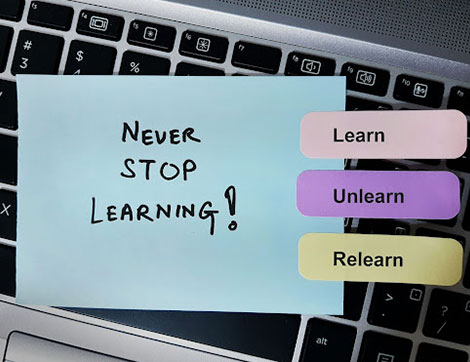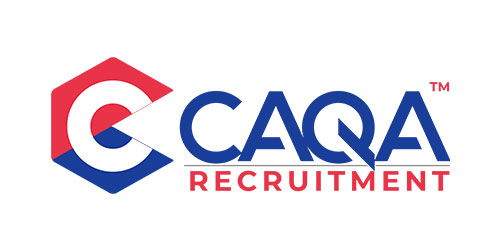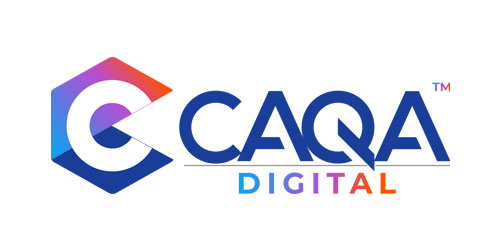
News
Virtual Reality, the immersive presentation of a digital environment, has been around for many decades – but it’s only recently that we’ve seen affordable and accessible consumer hardware offering the ability to view and interact with VR via an ordinary smartphone. With the rise of VR technology, companies are looking to develop new ways to use it in their business models.
Virtual Reality is often used as an immersive experience that helps customers understand their product better. Companies like Google have even created virtual reality tours for their products so that customers can get a better feel for how the products work without having to buy them first.
Google Cardboard and Samsung Gear VR (powered by Oculus) are among the cheapest options; more expensive devices such as the Oculus Rift give a better experience, particularly when paired with specialised motion sensors etc. But this technology is still very new and there are a number of challenges that make it difficult to create high-quality content:
As such, Virtual Reality presents some unique challenges for developers wanting to produce compelling content on these devices: both user interface/experience issues as well as technical hurdles. There’s also the issue of attracting users to your VR app – since there’s a high barrier to entry in terms of price, most early adopters won’t be VR enthusiasts. So how do you get non-enthusiasts on board?
Virtual Reality also presents a number of other challenges such as
- the need for new hardware and software,
- how do we use the new content creation techniques (One of the biggest challenges facing VR creators is how to make content that can be consumed by everyone, not just those who have access to VR headsets. This means creating 360-degree videos and interactive experiences that can be viewed on mobile devices or traditional screens.)
- how do we develop different types of content (VR requires content creators to develop skills outside their comfort zone – they need to learn new technologies and create experiences that are unique and engaging, virtual Reality also presents a number of challenges for content creators, developers, and marketers. Some of these challenges include – immersion, tracking, data visualisation, and user experience design.)
- how do we distinguish between reality and virtual reality,
- how do we make sure that the virtual world is safe for everyone,
- how do we create a sense of community and belonging in VR,
- VR headsets are expensive and require a high level of hardware specifications (The average cost of a high-end VR headset is in hundreds of dollars, which can be quite expensive for many people.)
- the lack of storytelling in VR means that it is difficult to engage people emotionally.
- VR creates a sense of presence, but without the traditional cues that we have in real life, it can be difficult to understand what is happening in the virtual world.
- There is no standard way for people to share VR experiences
We must keep in mind that creating virtual reality content without the usage of VR headsets and computers is extremely tough. Aside from that, it is tough to develop immersive virtual reality experiences that are both participatory and entertaining at the same time.
There is a lot of potential for Virtual Reality to be used in the creative industry, but only if these concerns are addressed in an appropriate manner.
 1800 961 980
1800 961 980 info@careercalling.com.au
info@careercalling.com.au

























